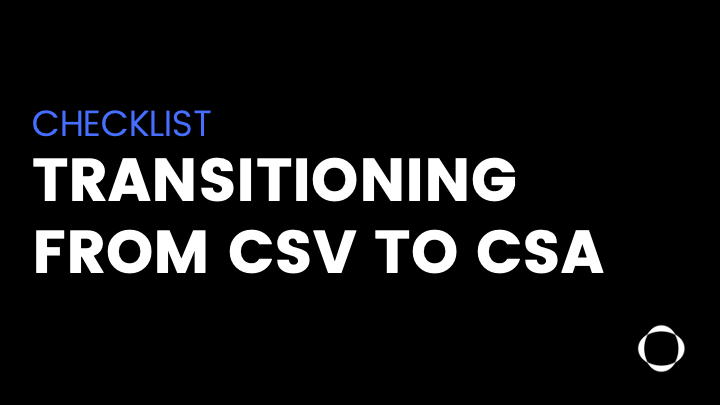If you are starting your preparation, aim to be proactive and develop a strategy on how to transition your current CSV framework to a CSA and focus on quality assurance, patient and product safety, and data integrity.
Per system, start to inventory and understand all of the following:
- Know your suppliers (perform supplier audits)
- Know the intended use of your computer system(s)
- Know high-risk features, operations, and functions
- Know the existing gaps in your current validations
- Define a plan to close the gaps
Understand your current business and processes, resources, gaps, and improvement points and start setting up metrics for successful implementation.
- People – Performance against objectives/goals, skill levels, capabilities of team.
- Process – Quantify and analyze the quality of performance, progress, process, or activities. Focus on what is working well.
- Product – Define criteria that will help research, manufacturing, and marketing evaluate the success of your product and product characteristics
- Project – Measure key performance indicators (KPIs) related to project management and project control.
After identifying gaps and opportunities, you are positioned to develop a transition plan to CSA.
- Develop a Transition Plan – Create, document, and execute your road map that specifies roles, responsibilities, deliverables, and measured outcomes. Metrics, data collection, and risks should be established and addressed in this plan.
- Perform CSV Assessment – Customize your CSV assessment against the FDA’s future CSA guidance and define what you can change.
- Develop and Train on CSA – Lift your team’s understanding of the importance CSV, CSA, and the implication.
Revise Change Management Business Processes – Review streamline critical business processes and focus on: quality assurance, patient and product safety, and data integrity.




